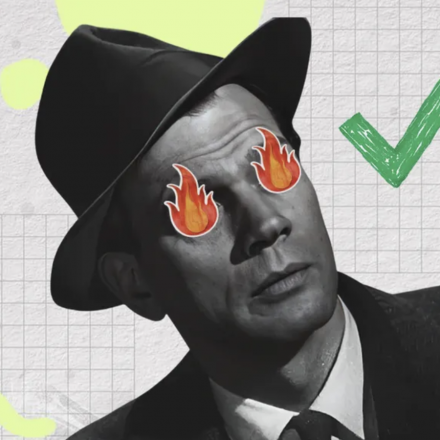Extreme weather can strike anywhere, causing damage to homes, power outages, and dangerous conditions. Whether you face hurricanes on the coast, tornadoes in the Midwest, wildfires in the West, or heatwaves and flash floods in various regions, it's essential to be prepared.
Surviving a disaster and its aftermath can be traumatic and chaotic, from immediate losses to conflicting information about where to get aid. The weeks and months after a disaster can be even more challenging when attention to your community fades, and civic services and events are disrupted or changed.
How to Prepare for an Emergency
Having an emergency kit ready is crucial if you lose power or need to evacuate. Here's a checklist based on recommendations from emergency agencies:
Essential Items for an Emergency Kit:
- Water (one liter per person per day for several days).
- Food (enough non-perishable food for several days) and a manual can opener.
- Medicines and documentation of medical needs.
- Identification and proof of residence documents.
- Battery-powered or hand-crank radio, batteries, flashlight.
- First aid kit.
- Masks, hand sanitizer, and trash bags.
- Wrench or pliers.
- Mobile phone with chargers and a backup battery.
- Diapers, wipes, and food or formula for babies.
- Food and medicines for pets.
Don’t Forget Documents:
- Government-issued ID, such as passport or driver's license.
- Proof of citizenship or legal residency.
- Social Security card.
- Documentation of medical needs, such as medications or special equipment.
- Health insurance card.
- Vehicle title and registration documents.
- Pre-disaster photos of your home and belongings.
- Copy of your homeowner’s or renter’s insurance policy.
- For homeowners: copies of the deed, mortgage information, and flood insurance policy if applicable.
- For renters: a copy of your lease.
- Financial documents like a checkbook or voided check.
Disaster Aid 101
When disaster strikes, knowing whom to trust and where to turn for aid can be confusing. Here’s a breakdown of key resources:
Emergency Management Agencies: Local emergency management departments handle disaster response. They are responsible for communicating with the public, managing rescue efforts, and coordinating with other agencies. They provide evacuation plans and post-disaster assistance.
Law Enforcement: Police and sheriffs play a vital role during disasters. They manage evacuations, enforce orders, and assist in search and rescue operations. They may also restrict access to disaster areas and enforce curfews.
Government Officials: State authorities manage disaster response and recovery. They can declare emergencies, deploy resources, and oversee recovery efforts. They may also issue evacuation orders.
What to Remember Before, During, and After a Disaster
Safety is the top priority. Follow local advice to protect yourself and your family:
Life-Saving Tips:
- Never walk through floodwaters as they may contain harmful substances
- If safe, turn off electricity before a hurricane to prevent electric shock
- Never use a generator inside your home as it emits deadly carbon monoxide.


















